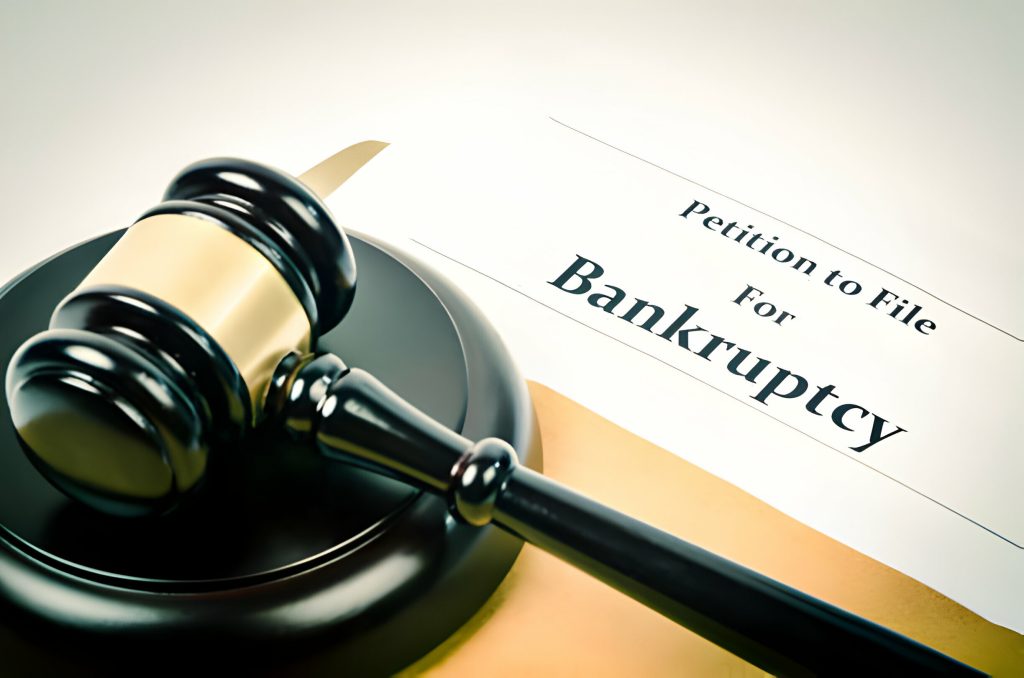Did you know that there are actually six different types of bankruptcy codes in the US? Each serves a distinct purpose and can have a significant impact on your financial future. From the straightforward Chapter 7 to the complex Chapter 11, navigating these codes can be daunting. Understanding the nuances of each chapter is crucial in making informed decisions about your financial well-being. So, whether you’re facing overwhelming debt or seeking to reorganize your business, exploring the intricacies of bankruptcy codes is essential.
Chapter 7 Bankruptcy
In Chapter 7 bankruptcy, individuals and businesses undergo a process of liquidation to discharge most of their debts. The liquidation process involves a court-appointed trustee selling non-exempt assets to repay creditors. Most debts can be discharged, providing a fresh start financially. However, not all debts qualify for discharge, such as child support or recent taxes. This process offers a way to break free from overwhelming debt, but it comes with credit implications. A Chapter 7 bankruptcy stays on your credit report for ten years, impacting your ability to obtain credit. Despite this, it can also provide asset protection by exempting certain properties from being liquidated. It is crucial to understand that while Chapter 7 offers significant debt relief and a chance for financial restructuring, it is essential to carefully consider the credit implications and long-term financial consequences before proceeding with this type of bankruptcy.
Chapter 13 Bankruptcy
Detailed repayment plans and debt restructuring are key components of Chapter 13 bankruptcy, providing individuals with reliable incomes a structured path to financial recovery.
Key Aspects of Chapter 13 Bankruptcy:
- Repayment Plans: Chapter 13 involves creating a court-approved repayment plan that outlines how debts will be repaid over a period of three to five years. This structured approach helps debtors manage their financial obligations effectively.
- Debt Relief and Asset Protection: By restructuring debts, Chapter 13 offers a practical solution for individuals to regain financial stability while retaining their assets, such as homes and cars. This process safeguards personal property from being liquidated to satisfy debts.
- Foreclosure Prevention and Creditor Negotiations: Through Chapter 13 bankruptcy, debtors can halt foreclosure proceedings on their homes and prevent repossession of vehicles. Moreover, the court oversees negotiations between debtors and creditors, ensuring fair terms for debt repayment and facilitating a smoother financial recovery process.
Chapter 11 Bankruptcy
Chapter 11 Bankruptcy provides a structured framework for businesses and individuals to reorganize their financial affairs under the oversight of the court. This reorganization process is crucial for entities facing financial distress but aiming for business continuity. Through Chapter 11, debtors can work on restructuring debts, negotiating with creditors, and developing a plan to repay what they owe in a more manageable way. Businesses often opt for Chapter 11 when they believe that with some restructuring, they can continue operations profitably. It is advisable to seek a bankruptcy lawyer consultation when considering Chapter 11, as it is the most complex and costly option among bankruptcy chapters. These lawyers can guide you through the intricate legal procedures, ensure compliance with requirements, and help maximize the chances of a successful outcome in restructuring your financial obligations.
Chapter 12 Bankruptcy
Navigating the intricate landscape of bankruptcy laws, Chapter 12 offers tailored solutions specifically designed for family farmers and fishermen facing financial challenges. This specialized chapter provides unique benefits for those in the agricultural sector, aiming to alleviate their debt burdens and restructure their financial obligations effectively.
Key Points About Chapter 12 Bankruptcy:
- Financial Relief for Family Farmers: Chapter 12 bankruptcy allows family farmers to reorganize their debts, potentially saving their farms from foreclosure and providing a path to financial stability within the farming industry.
- Support for the Fishing Industry: Fishermen facing financial difficulties can utilize Chapter 12 to develop a feasible repayment plan, ensuring the continuity of their fishing operations while managing their debts effectively.
- Debt Reorganization in the Agricultural Sector: By focusing on the specific needs of family farmers and fishermen, Chapter 12 enables individuals in the agricultural sector to restructure their debts in a way that supports their livelihoods and preserves their businesses for the future.
Chapter 15 Bankruptcy
Moving from the specialized focus on Chapter 12 bankruptcy for family farmers and fishermen, the bankruptcy landscape extends to Chapter 15, addressing international insolvency cases within the framework of US laws. Chapter 15 bankruptcy specifically deals with international insolvency matters, focusing on cross-border cases involving legal implications, foreign creditors, and multinational debts. This chapter allows for the cooperation and coordination of insolvency proceedings that involve debtors, assets, and claimants in more than one country.
One of the key aspects of Chapter 15 is the recognition of foreign proceedings and the provision of assistance to foreign representatives handling insolvency cases. It enables a more efficient administration of multinational cases by promoting communication and cooperation between US courts and foreign courts. By providing a legal framework for dealing with international insolvency, Chapter 15 aims to protect the interests of all parties involved and facilitate the resolution of complex cross-border insolvency issues.
Chapter 9 Bankruptcy
Chapter 9 Bankruptcy addresses the unique challenges faced by local governments when dealing with financial distress.
Key Points:
- Municipal Reorganization: Chapter 9 provides a framework for municipalities to reorganize debts and obligations, allowing them to continue providing essential services to their residents despite financial difficulties.
- Financial Restructuring: This chapter enables local governments to develop a plan for restructuring their finances, including adjusting debt repayment schedules and negotiating with creditors to achieve a more sustainable financial position.
- Debt Adjustment: Through Chapter 9, local governments can adjust their debts in a controlled manner, avoiding chaotic defaults and ensuring a more orderly resolution of financial obligations. This process helps in managing the municipality’s financial health while meeting the needs of the community.
Chapter 9 Bankruptcy serves as a critical tool for addressing local government insolvency by providing a legal framework for public debt resolution. It offers a structured approach to managing financial crises, safeguarding essential services, and facilitating a path towards long-term fiscal stability.
Specialty Bankruptcy Categories
When delving into the realm of bankruptcy, exploring the lesser-known specialty categories can provide valuable insights into niche financial restructuring avenues. Specialty bankruptcy categories include unique provisions tailored to specific circumstances. Bankruptcy exemptions allow individuals or businesses to retain certain assets deemed essential for a fresh financial start. International insolvency, addressed in Chapter 15, caters to cases involving foreign creditors or cross-border financial complexities. Small businesses facing financial distress can benefit from Chapter 13 tailored for their specific needs, enabling reorganization while protecting personal assets like homes. Foreign creditors seeking debt repayment from U.S. entities may find recourse under Chapter 15 provisions. Furthermore, debt discharge plays a critical role in these specialty categories, offering relief from certain financial obligations deemed dischargeable under the relevant chapters. Understanding these nuanced aspects of bankruptcy law can be instrumental in navigating the intricacies of financial restructuring in specialized scenarios.
Municipal Bankruptcy
The concept of municipal bankruptcy delves into the financial restructuring processes of local governments facing significant economic challenges. When a municipality is in financial crisis, it may turn to municipal restructuring under Chapter 9 of the bankruptcy code. Here’s what you need to know:
- Public Debt Management: Municipal bankruptcy allows for the management of public debt, providing a structured approach to resolving financial obligations while protecting essential public services.
- Local Governance Impact: The decision to file for municipal bankruptcy has a profound impact on local governance, influencing how services are delivered, taxes are levied, and resources are allocated.
- Emphasis on Fiscal Responsibility: Municipal bankruptcy highlights the importance of fiscal responsibility in local government operations, encouraging transparency, accountability, and sustainable financial practices to prevent future crises.
Navigating the complexities of municipal bankruptcy requires a deep understanding of the legal framework and financial implications to ensure the effective restructuring of public finances.





